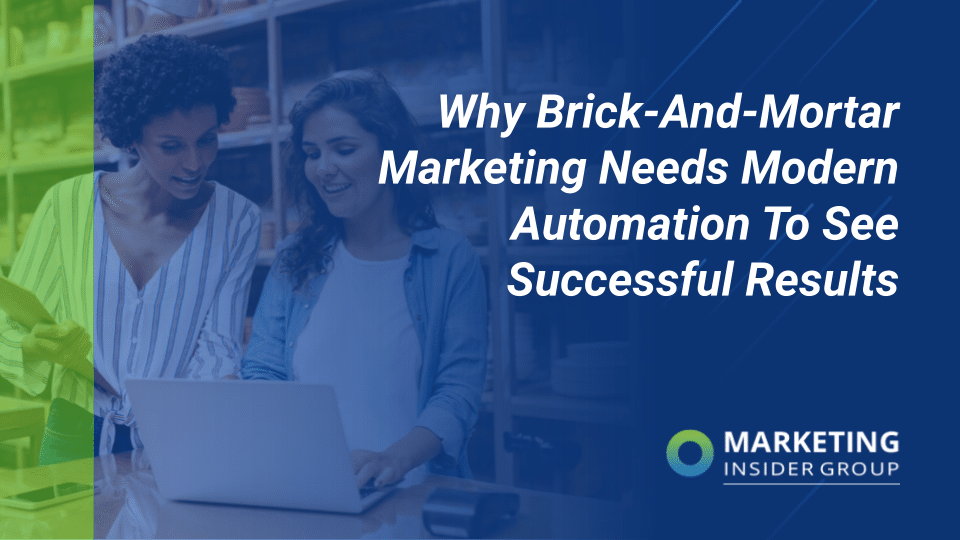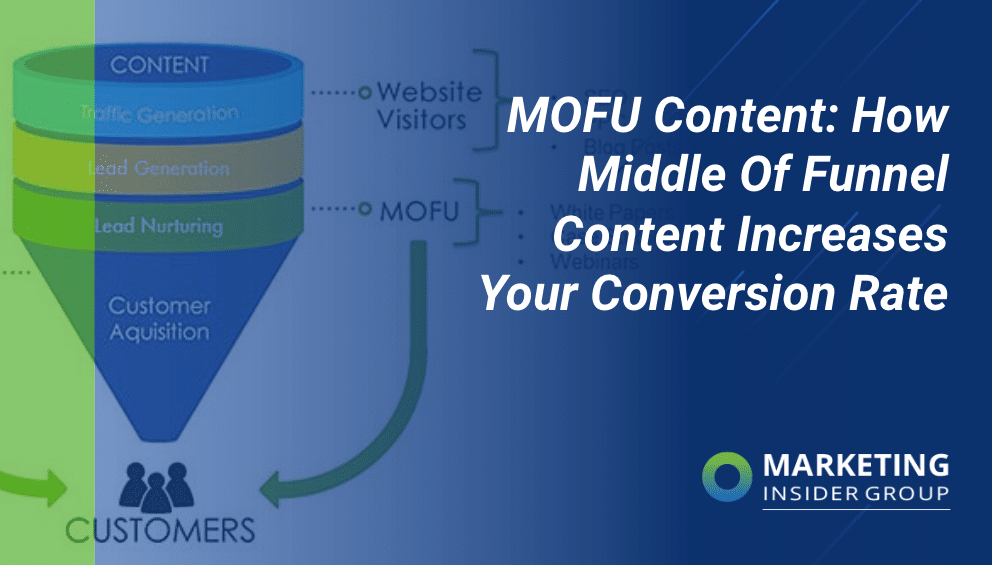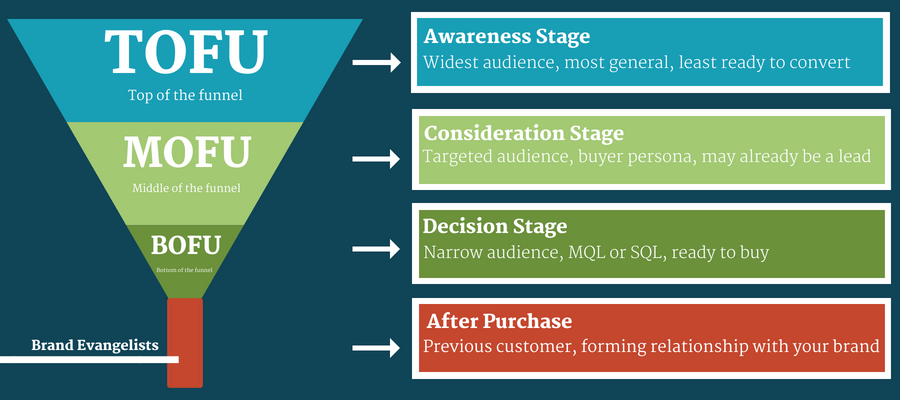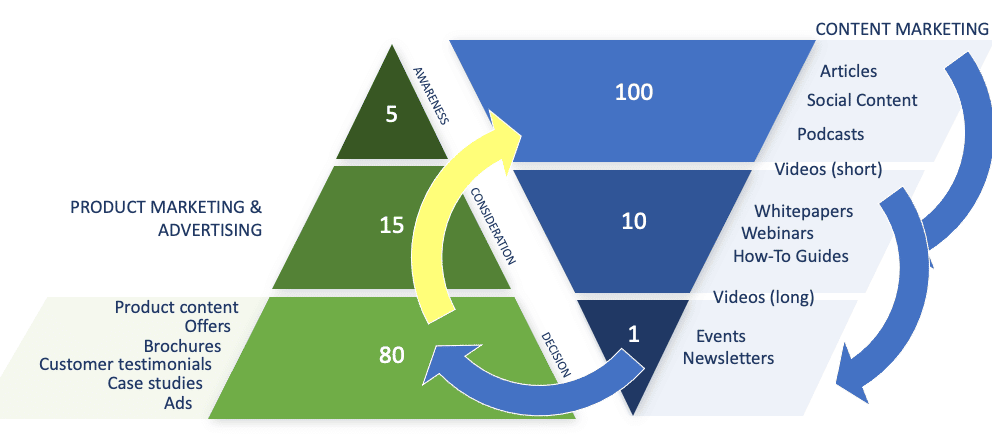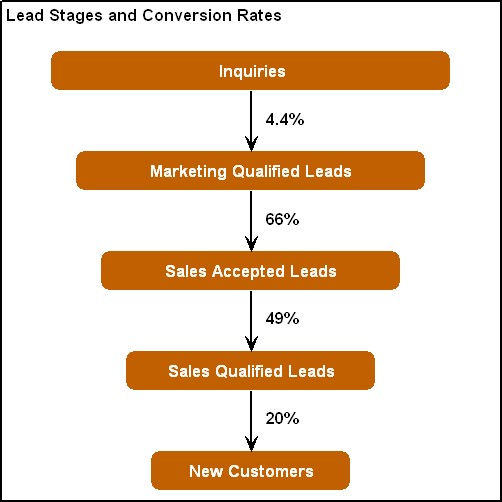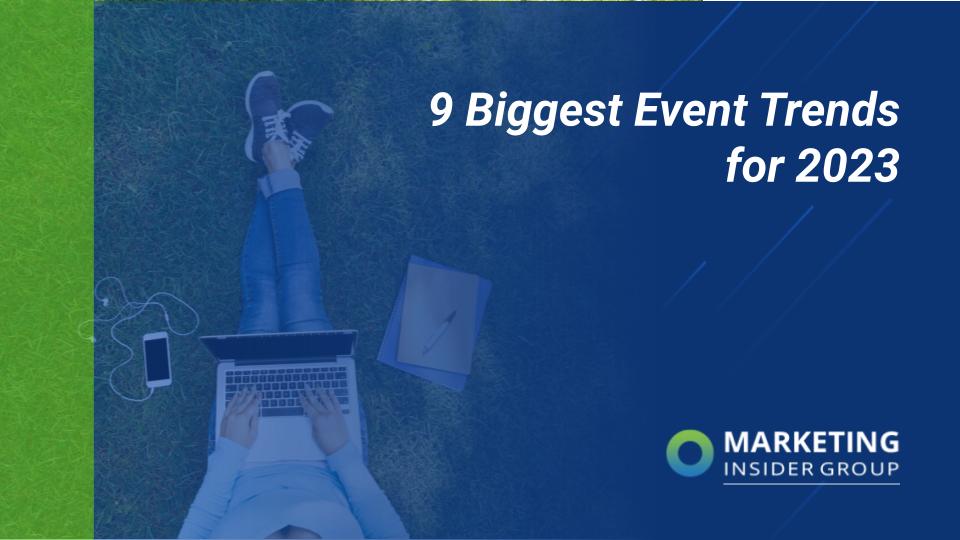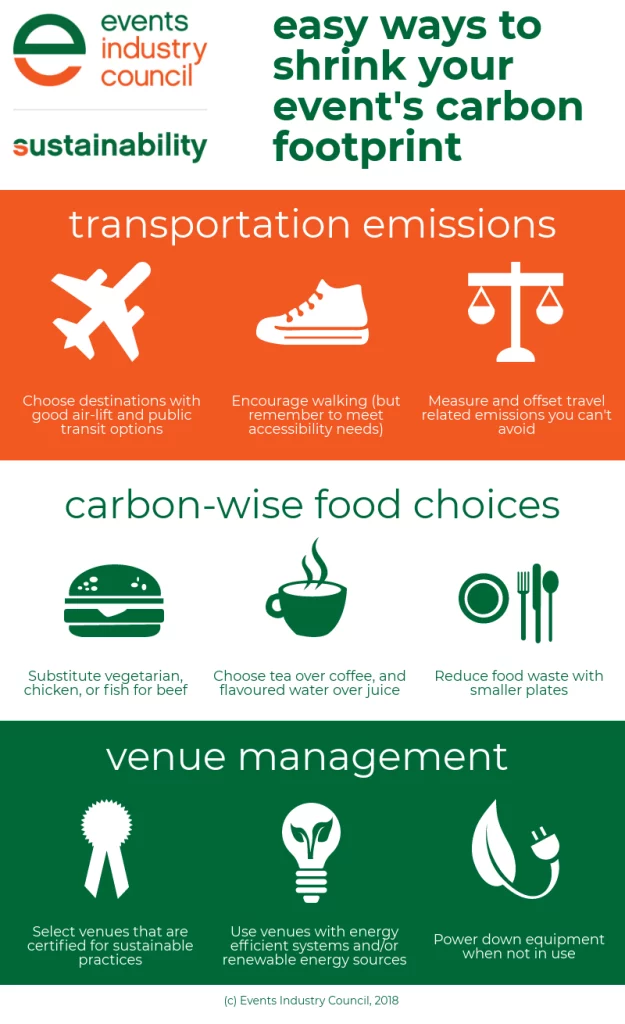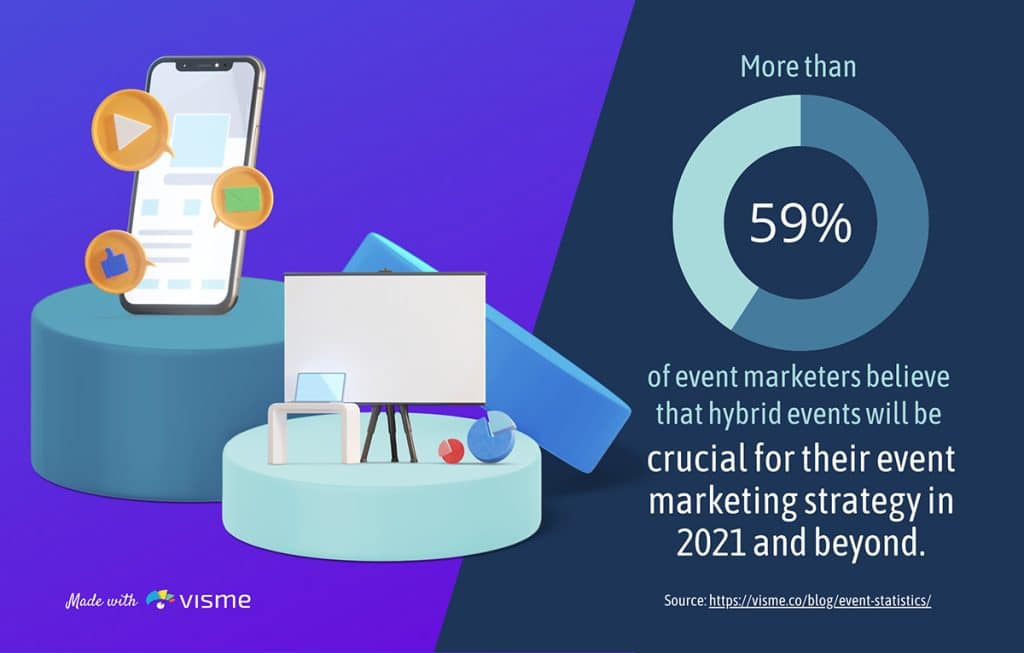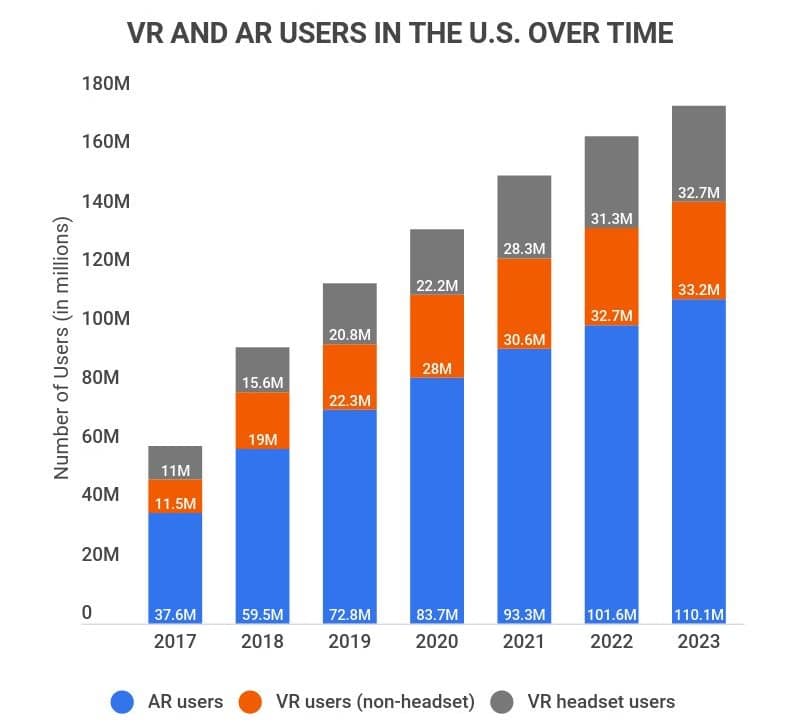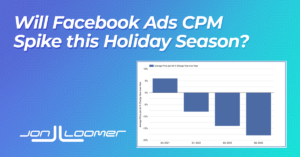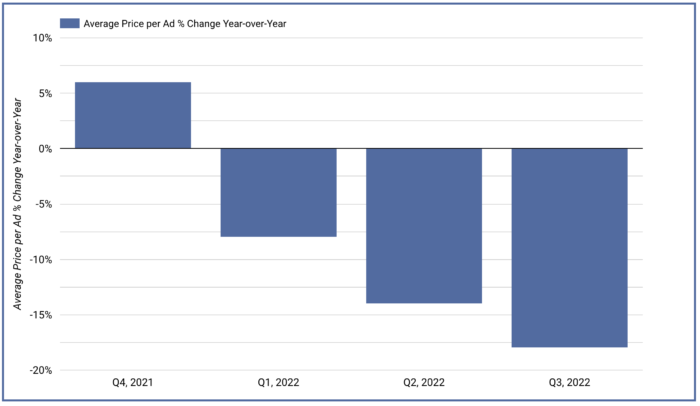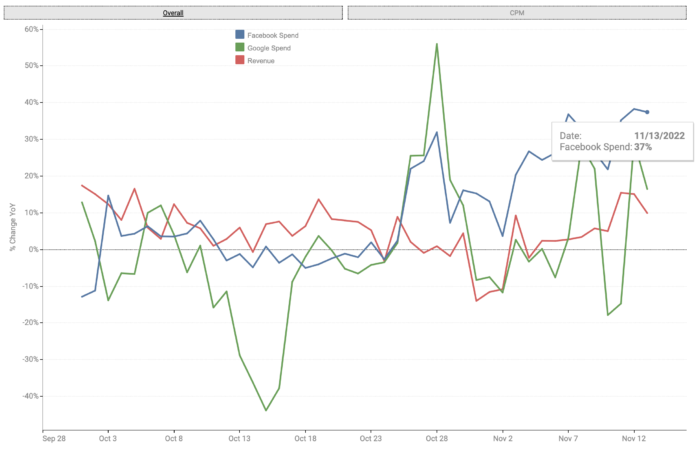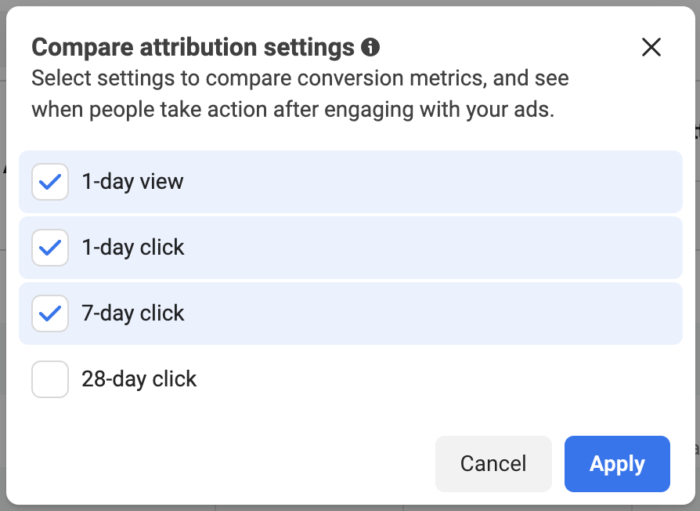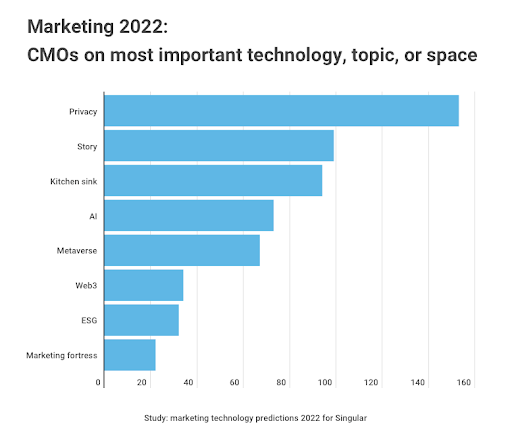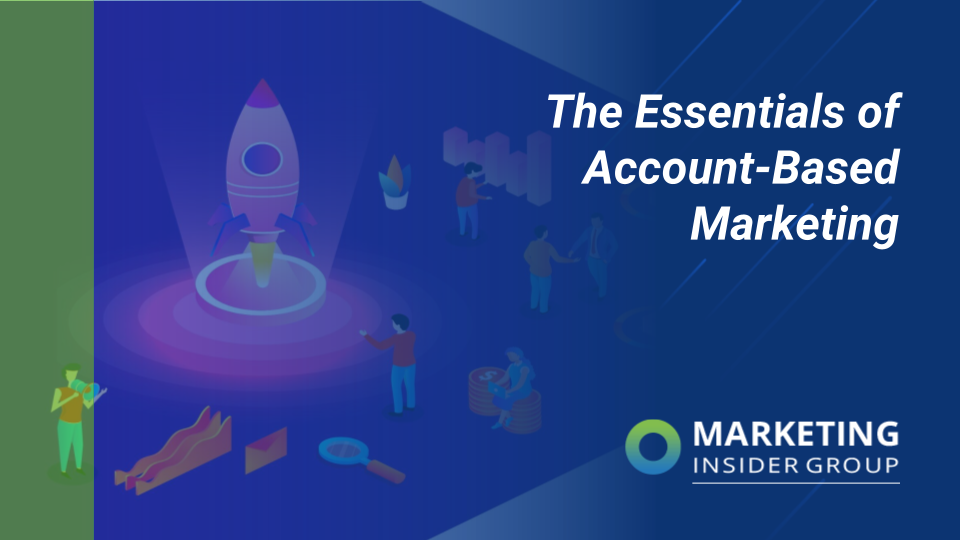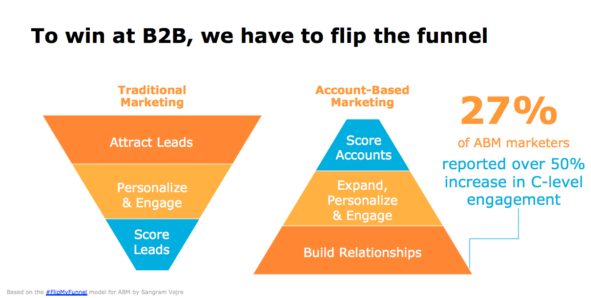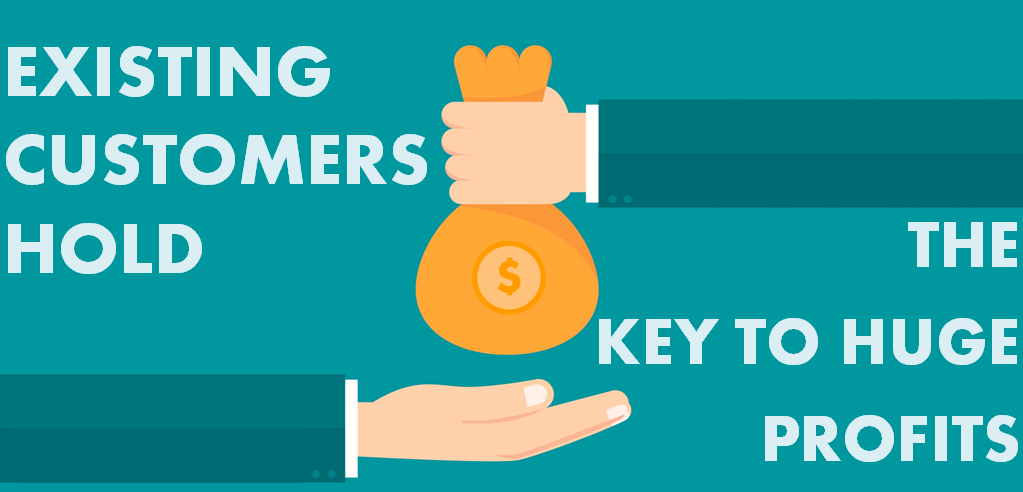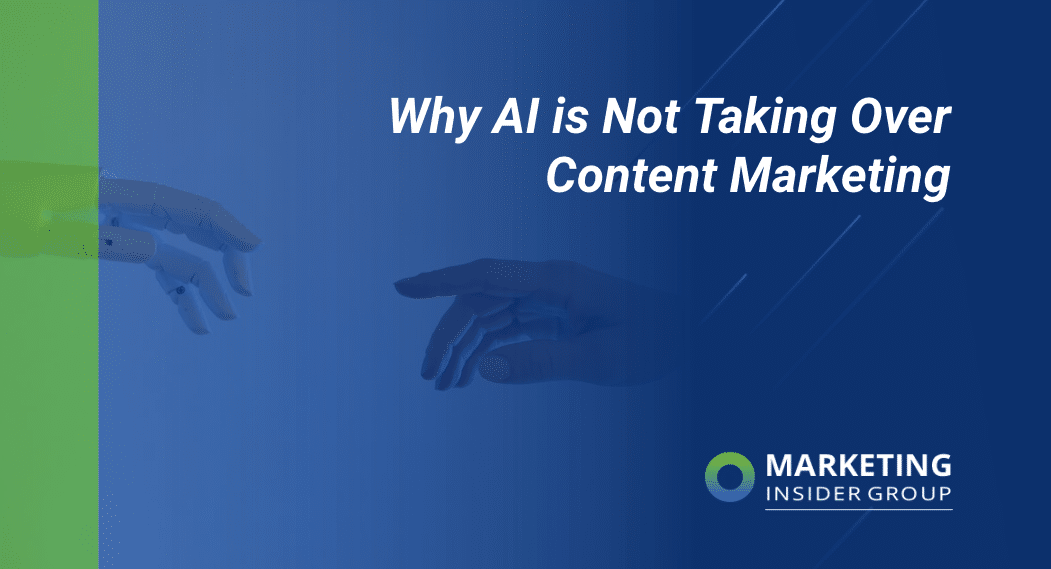
AI and content marketing — if you’ve logged into Twitter in the past year, you know it’s all the digital marketing world can talk about. Every day, thread after thread is tweeted to tell us why ChatGPT is the future of content and how it’s going to replace the human writer altogether.
So I did what I normally do when it seems like the world has gone a little crazy. I allow my sarcasm to take a little walk:
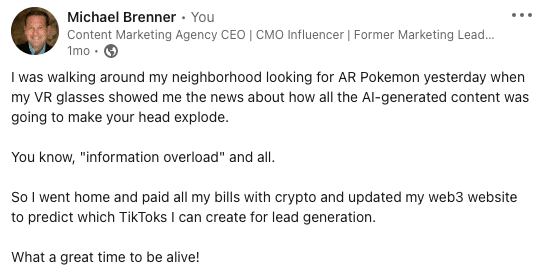
But seriously folks! Yes, artificial intelligence is here to stay, and there are definitely ways it can be used to make your content strategy better. But replacing your human writers? Executing your entire content strategy for you? Nope.
The only people making money from AI are the people making content about how to make money with AI
— Noah Kagan (@noahkagan) March 19, 2023
AI is not taking over content marketing any time soon (and probably not ever) — no matter how much the social media buzz suggests otherwise. Let’s talk about why.
Quick Takeaways
- AI content marketing technologies are powerful support tools, but they can’t replace human creators.
- Because ChatGPT (and similar tools) can only create content based on what already exists, they can’t form original opinions for thought leadership content.
- AI can’t replicate emotional content marketing elements like humor and empathy.
- Brand storytelling is unique to each individual company. There is no way for an AI tool to understand a company’s story the same way its leaders and content creators do.
- Google recognizes AI-generated content as spam and downvotes it as such.
Why People Think AI Is Taking Over?
ChatGPT and other AI content marketing tools do indeed have capabilities impossible for us measly humans to accomplish on our own — they can mine existing data from across the web in seconds and produce narrative content about it that mimics human writing.
Source: Mark Williams-Cook
With every version that’s released, OpenAI says the tool is getting smarter and more capable of handling nuanced instructions. The company’s President, Greg Brockman, says that ChatGPT 4 (the newest version) can even calculate tax returns — a task I think we can all agree we’d be glad to offload.
Ways that writers are using ChatGPT include:
- Understanding the larger conversation about a topic
- Creating outlines for blog articles
- Generating new ideas for blog topics and headlines
- Writing blog intros as a way to get started
- Breaking down complex ideas a writer is researching
And yes — writing complete articles and press releases (although, as you’ve likely gathered, we don’t think that’s the best idea).
All of that is to say we are not suggesting ChatGPT is bad or irrelevant. In fact, the opposite is true. But AI in content marketing is a tool — not a replacement — for human writers and brands that create high-quality content.
The simple fact is that you risk running a major penalty from the search engines if you use any mechanism to game search rankings. This includes the use of any type of AI to fully write and publish content. Here is one example shared at SMX Munich earlier this year.

Let’s look at four important reasons why AI falls short of taking over our content strategies.
The Human Element: What AI Can’t Do for Content Marketers
Original Opinions
Everything an AI-powered content marketing tool produces is the result of something else that already exists. No matter how massive the datasets AI can mine and analyze, nothing they come up with is truly original.
And customers? They look for brands to provide original and authentic thought leadership.
It’s one of the most important ways brands connect with their audiences — 76% say they use thought leadership directly to engage customers and clients, and other stakeholders they also list include employees, investors, media, and the public at large.
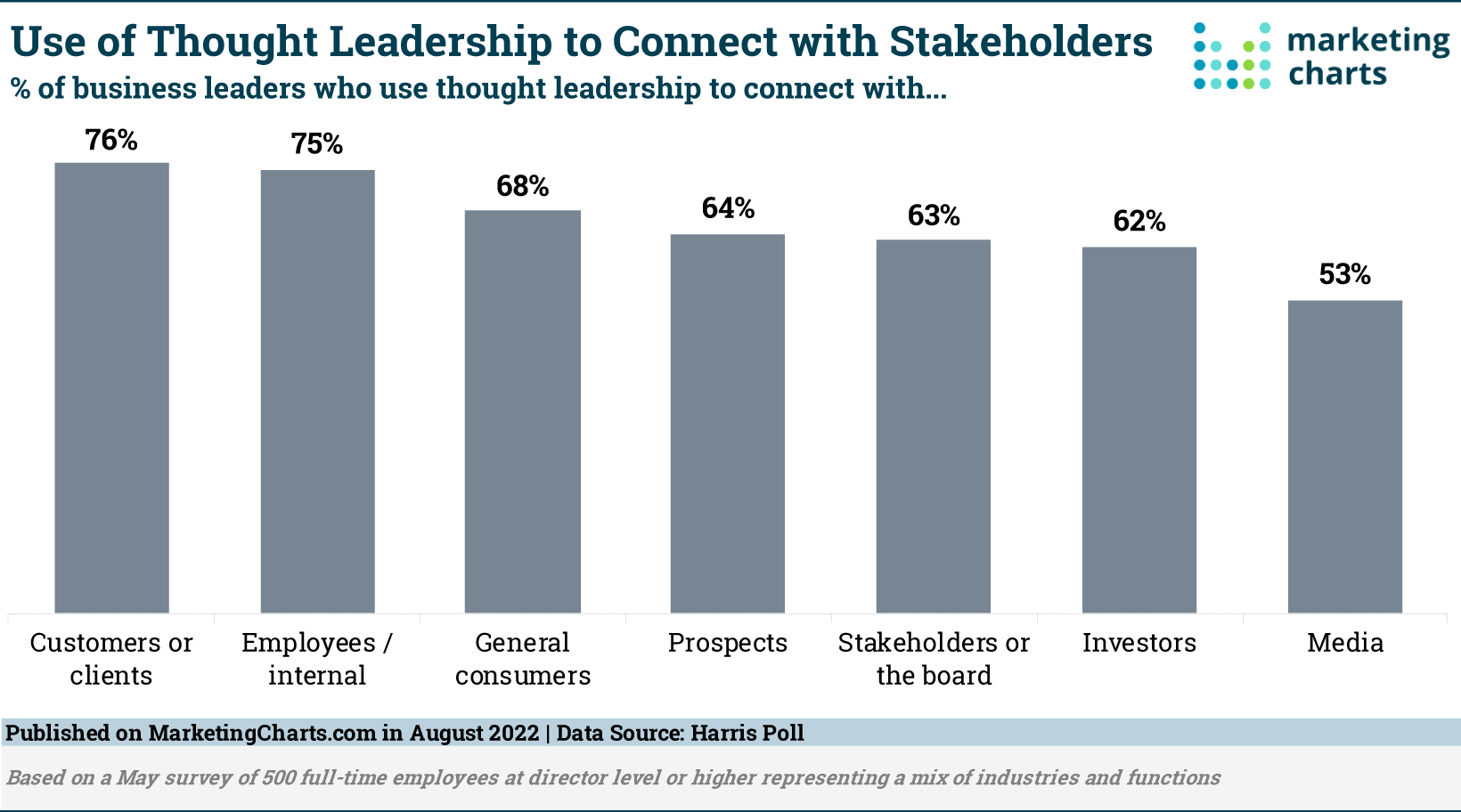
Image Source: Marketing Charts
Your people are what build your brand’s stances on topics, events, trends, social issues and more, and when you lose the face — and the real, human brain — behind the opinion, there’s an inevitable loss of connection with your audience that no brand wants to risk.
One of my favorite Marketing Insider Group blogs is one we wrote about why most of the buyer personas that agencies help you make, well — suck. They’re arbitrary, and they aren’t based on any kind of real motivation or action.
But buyer personas are a huge buzzword in the content world. I can’t imagine ChatGPT spitting out this opinion if I asked them what to write about them.
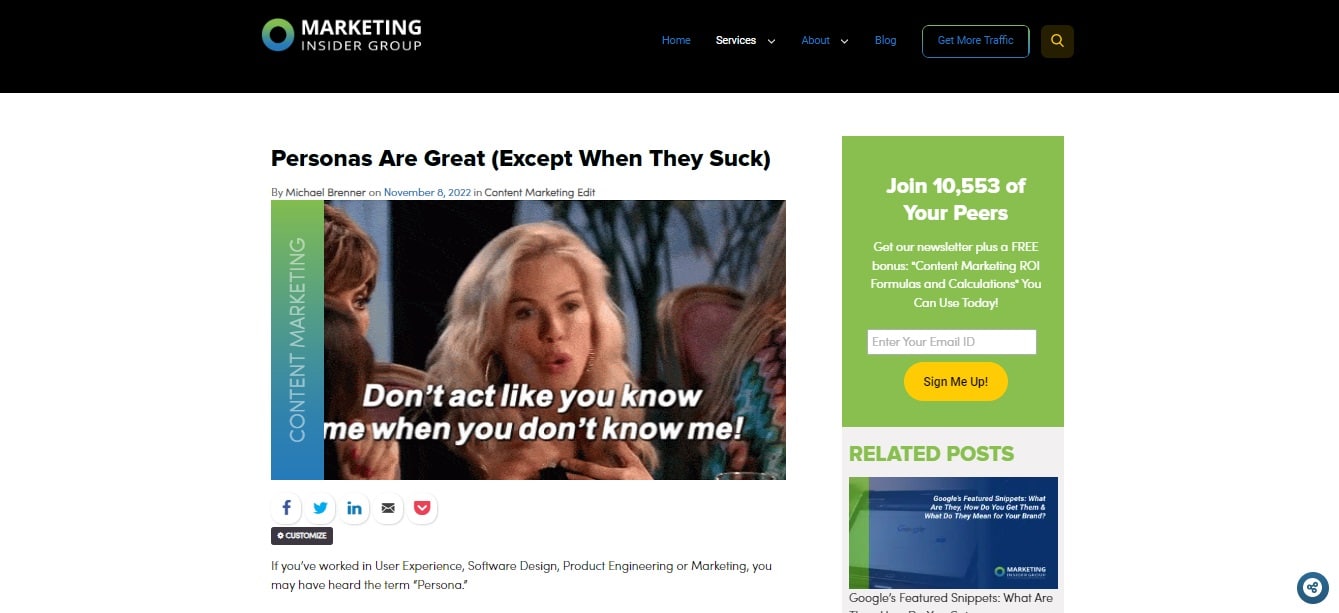
Image Source: Marketing Insider Group
Humor
Okay, here’s the thing: ChatGPT can be funny. But most of the time, it’s unintentional.
As many examples have proven (including the one below — “It’s important to not blindly follow advice, even if they are a wizard.”), AI mostly misses the mark when it comes to humor.
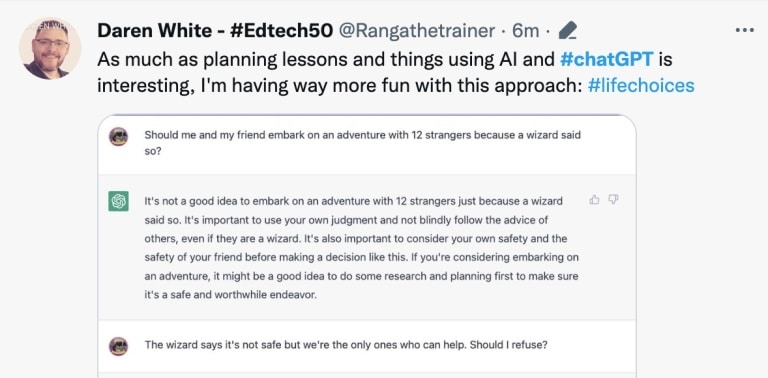
Image Source: Uproxx
Despite its undeniably growing sophistication — AI can really only process human language at a surface level, based on parameters humans tell it to use. And if it’s not able to handle humor in general, it definitely won’t understand the nuances of industry-specific sarcasm and humor that make business content fun to consume.
Brand Storytelling
Brand storytelling allows us to connect with our customers by telling stories about what we do (and why it matters). It’s a type of marketing that’s totally unique to every brand that does it — having your own individual story is what makes you stand out from your competition.
But ChatGPT can only understand what others say about your brand — not the way you want to present it to the world. There’s no way an AI tool can represent that message the same way that your founders, leaders, and human employees do.
Stories are emotional. They’re told to evoke some sort of feeling in the people who watch or read them. AI-generated content may have all the informative potential in the world, but it can’t have a human experience, and it definitely can’t share one firsthand.
Content that’s made to share your mission, tell client success stories, provide background on your team and expertise, and generally share that intangible “this is what we’re all about” kind of message just can’t be generated with a ChatGPT query.
Check out this video Chevy produced about how, like a best friend — in this case, a woman’s dog — Chevy vehicles are designed to stick by you for life. If you don’t feel something watching this, you might be a robot yourself.
Can you imagine a machine posing this concept or writing this script?
Empathy
I have talked about the Paradox of AI: the more we use AI, the more we will expect to interact with real people. This is true in life and maybe even more so in written content.
Empathy in content marketing means seeing things through the eyes of your customer. It’s one of the key elements of emotional intelligence — something valued now in brands more than ever before. In fact, nearly three-quarters of buyers say they choose brands who are best able to demonstrate understanding of their company-specific needs.
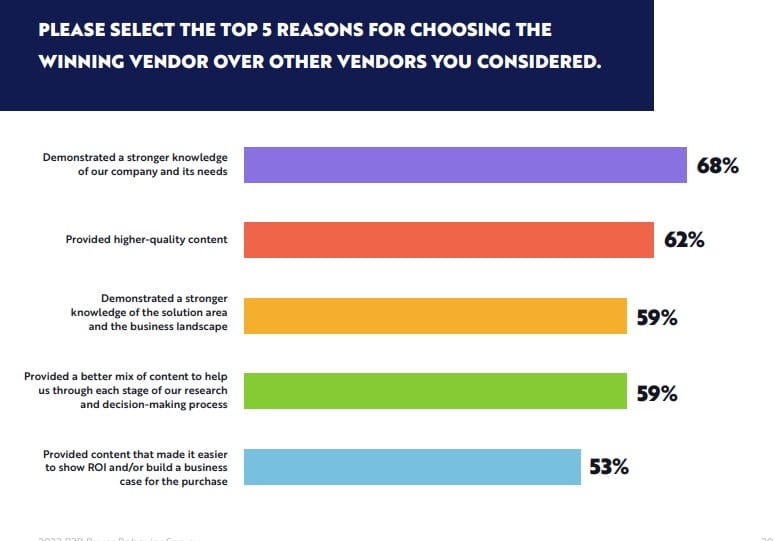
Image Source: Demand Base
Further, a global study on brand emotional intelligence (EQ) found that the brands that show the highest EQ not only connect with customers more easily, but earn more revenue and grow more quickly.
In other words: emotionally intelligent marketing doesn’t only impact your connections with your content audience — it plays a role in your overall business performance.
No matter how “smart” AI content marketing tools become, they won’t be able to feel human emotion or use it to connect with their customers. ChatGPT itself will tell you “I don’t have feelings or emotions like humans do.” When it comes to showing empathy and evoking emotion with content, stick to human creators who can feel it too.
What Google Says (and Why it Matters)
Nothing’s more important for content marketers than what Google thinks about a trend. Why? Because organic search accounts for the overwhelming majority of web traffic and Google owns 90% of the search engine market.
If your content doesn’t show up in Google rankings, it’s basically invisible to your audience.
It’s a huge deal if Google cares to recognize AI-generated content and rank it differently than the human-created version — which they do. In fact, Google’s Senior Webmaster Analyst John Meuller said that Google sees AI-generated content basically the same way as spam, and that it violates their guidelines.
His exact words in a recent Google hangout on the topic were:
“We still see [AI-generated content] as automatically-generated content . . . it’s all against the Webmaster Guidelines. So from our point of view, if we were to run across something like that, if the web spam team were to see it, they would see it as spam.”
And spam? It gets demoted or removed from Google’s index. Check out the most recent formal guidance from Google here:
When it comes to automatically generated content, our guidance has been consistent for years. Using automation—including AI—to generate content with the primary purpose of manipulating ranking in search results is a violation of our spam policies.
The guidance goes on to say that using automation to create lists and things like sports scores and weather is fine. So my takeaway is this: use AI to automate the research. Use humans to write the content!
The Takeaway: AI Content Marketing is Valuable, But It’s Not Everything
If you’ve followed any of the social media debate raging about ChatGPT and AI in content marketing, you’ve seen that most people are taking an either-or stance — it’s good or it’s bad, and there’s no in between.
But there is an in between: Using ChatGPT for the powerful tool it is, while still recognizing the absolute need for human-created, empathetic, customer-centered content. Brands that can perfect this balance are likely the ones whose content strategies will stand the test of time for the foreseeable future.
Publish High-Value Content for Your Audience Every Week
One of the many reasons ChatGPT feels attractive as a total content alternative is because it saves time — time you might feel like you’re losing trying to keep up with the demand for more and better content.
This is one of the primary reasons more than 70% of companies outsource content creation. At Marketing Insider Group, our team of expert writers and SEO specialists can deliver you optimized, ready-to-publish content every single week for a year (or more). Check out our SEO Blog Writing Service or schedule a free consultation with me to learn more.
The post Why AI is Not Taking Over Content Marketing appeared first on Marketing Insider Group.



